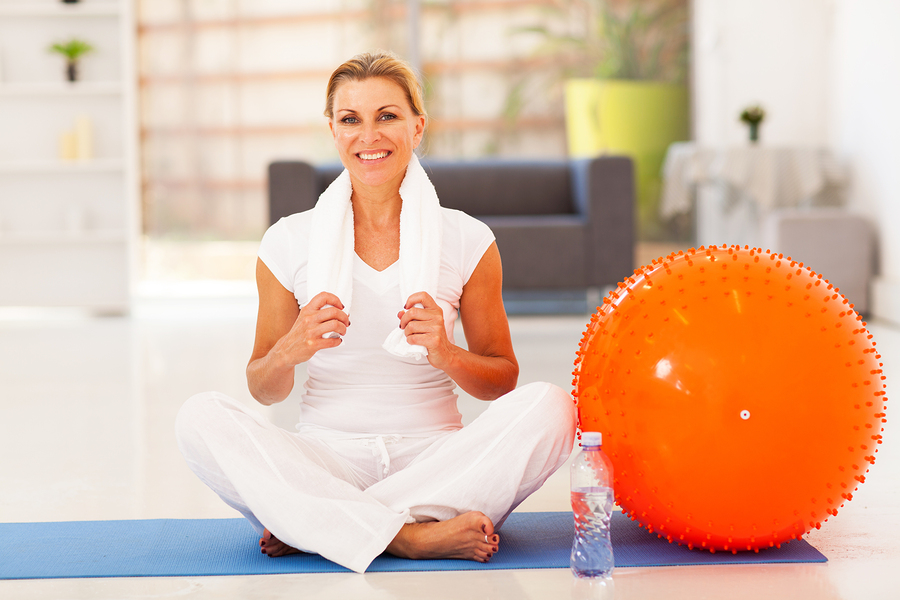
Exercise is important at any age, but particularly as we get older having a regular routine can have a positive impact on our health and wellbeing.
If you’re not interested in joining the gym – whether because you don’t have access to one nearby or don’t feel comfortable in that environment – there are still plenty of things you can do at home to stay in shape.
Building a home gym doesn’t have to mean spending thousands on fancy equipment. These days there are affordable options that make it easy to get exercise at home without taking up too much of your time, space, and money.
yo
Choose a dedicated space
Before you build your home gym you need to decide where you want to put it. Choose an area that has room for you to spread out and is ideally in view of a television. If you can dedicate a space exclusively for exercise – perhaps in the attic or a spare bedroom – all the better, but if not, at the very least choose a dedicated shelf or cupboard where you can store your equipment easily when it’s not in use.
Get some free advice
You don’t need to be an expert – or hire an expert – to create a fitness routine that’s challenging, keeps you in shape and fits around your schedule. The Internet is a great place to go for free advice and sites like YouTube are brimming with excellent instructors who will show you everything from yoga to Pilates. You can find workout routines and also demonstrations to teach you proper form.
The essentials
This list of essentials can help make your home workouts varied, challenging, rewarding and fun – with these tools you can mix and match routines nearly endlessly, so your small investment can have big results in the long run. You’ll need:
A yoga mat – Even if you don’t intend to do yoga, a rubber exercise mat is an affordable piece of equipment with many uses. They provide padding when you’re sitting, kneeling or lying down, and also offer extra grip below your feet.
A resistance band – Resistance bands are inexpensive, versatile and very easily stored. You can use them for a variety of exercises and even adjust the intensity over time to adapt to your fitness level. They can replace the weights you use in familiar exercises like bicep curls, and can be used to engage almost every muscle group in the body.
A kettlebell – The kettlebell is a cannonball-shaped weight with a handle used for strength training. This is a great tool to add to your routine because it’s very versatile and can help you achieve results quickly. Fitness experts like the kettlebell for many reasons, one of which is that it will help you strengthen the muscles you use everyday – so activities like picking up an active toddler or carrying heavy groceries up to a top floor flat are noticeably more manageable.
Free weights – You might find free weights aren’t an absolute necessity if you are using a heavy kettlebell and resistance bands as part of your regular routine. However, having a set of hand weights between 1-3 kg can be very useful and are often recommended in home workout videos.
A stability ball – There are lots of great uses for a stability ball – sometimes called a gym ball or fitness ball – and having one on hand can make core exercises a lot easier. If don’t like to, or aren’t able to get up and down easily during a workout, a stability ball offers a comfortable position for you to do simple exercises that can build up your core strength. Many people even use them while watching television to help with posture and promote strong back muscles.

No comments:
Post a Comment